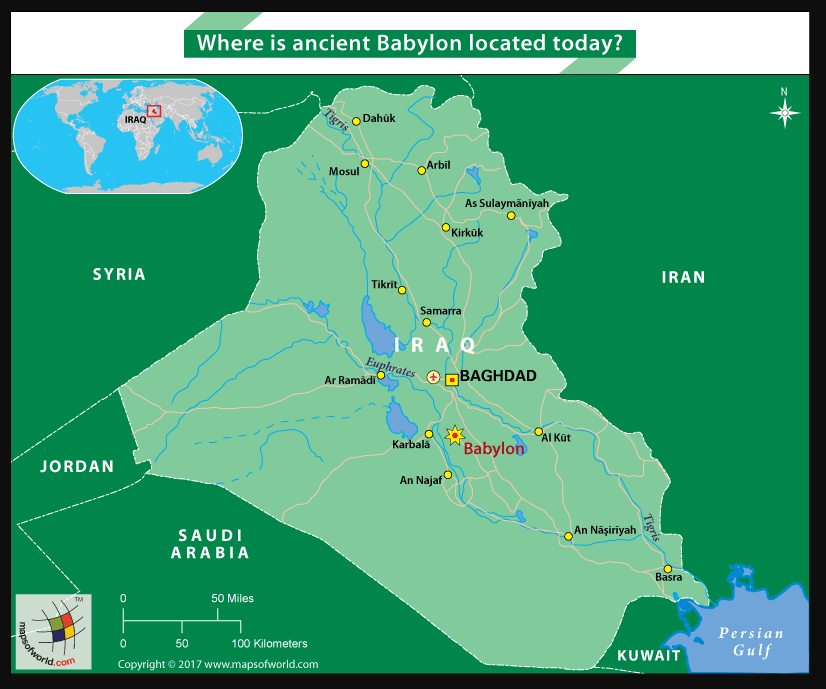Welcome! I'm David Roman and this is my History of Mankind newsletter. If you've received it, then you either subscribed or someone kind and decent forwarded it to you.
If you fit into the latter camp and want to subscribe, then you can click on this little button below:
To check all previous newsletters in the History of Mankind, which is pretty long, you can click here.
For centuries, Assyrian kings intermittently gained control of the great city; by the 1st millennium BC, Assyrian wholesale import of cultural artifacts and scholars became a regular occurrence, and the relationship between the two lands were clearly defined: the Assyrians were the forceful, virile, savage warriors who admired Babylonian civilization and refinement; and the Babylonians were the literate weaklings who would never take Assyrian scholarship seriously[1].
If Assyrians revered conquerors, Babylonians were unique in having a soft spot for learned men. Surviving evidence provides a glimpse into the life of Esagil-kin-apli, who lived in Borsippa just outside Babylon in the Eleventh century BC and descended from a line of scholars that went back to the days of Hammurabi seven centuries prior. As a highly educated man, he held multiple cult offices and benefited from the support of Ea and Asalluḫi, gods of wisdom. He reorganized the diagnostic handbook Sakikkû and harmonized its structure with that of the physiognomic omen series Alamdimmû. Both are very difficult texts, later scholars noted, whose contents should not be quoted in vain.
In a catalogue of texts found in a book called “Exorcist’s Manual,” these words are devoted to this famous scholar: “This is the total of the series regarding exorcism of Esagil-kīn-apli, descendant of Asalluḫi-mansum, who was the sage of King Hammurabi, the king of Babylon, the descendant of the goddess Lisia and the išippu-priest of the Ezida-temple.” The list of works Esagil-kīn-apli is supposed to have shaped is so extense and involves so many fields of scholarship “that it makes one skeptical about the reliability of the statement.”[2]
In a later list, Esagil-kīn-apli was cited among only nine sages who lived after the flood and whose genealogy reached back into antediluvian times, when elements of culture first reached humanity. Assyrian scholars weren’t so impressed by the man, though: they claimed that the god Ea had composed the works that the “Exorcist’s Manual” credited to Esagil-kīn-apli, and some later refused to use his editions, preferring to revert to earlier versions of texts he tinkered with.
Keep reading with a 7-day free trial
Subscribe to A History of Mankind to keep reading this post and get 7 days of free access to the full post archives.




